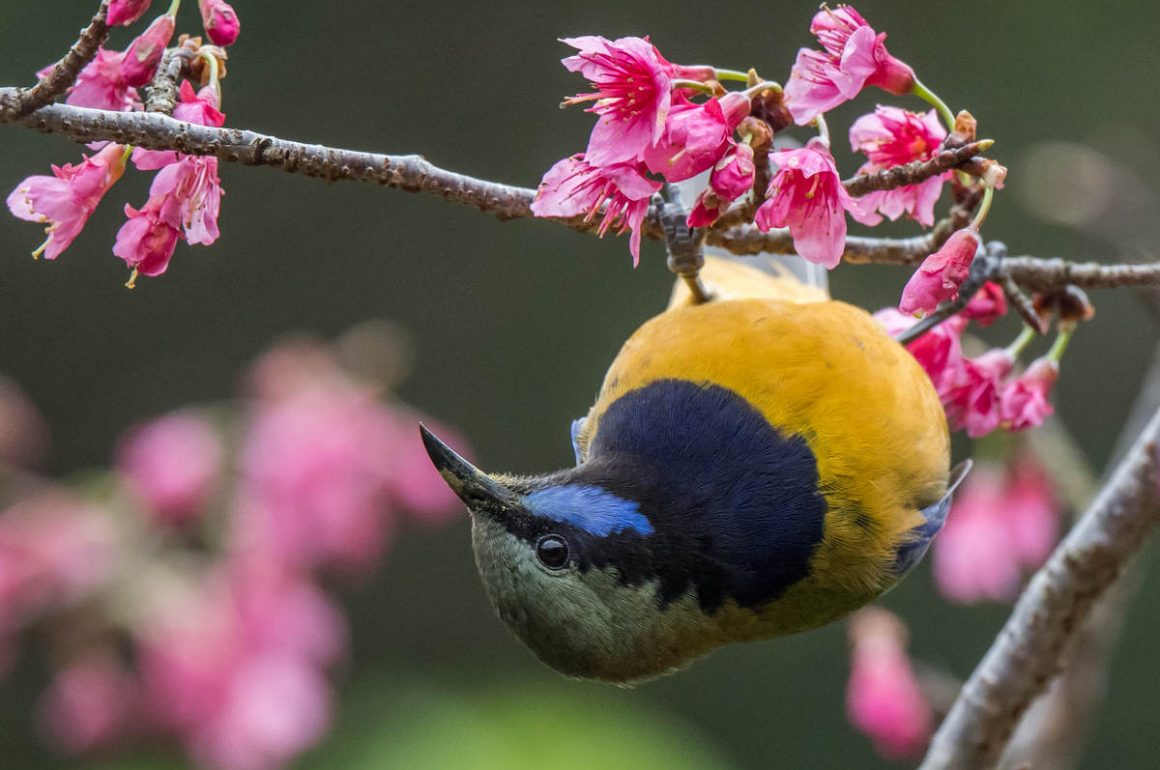
As you have probably realized by now, in my posts on 10,000 Birds, I generally scrupulously avoid giving any practical hints for birding at the specified location. This post on the Fuzhou National Forest Park is no exception – however, there is an older post of mine on Shanghaibirding which covers a few practicalities. If this is what you want to read, go there.
However, if you mostly just want to see photos of birds such as this Black-throated Bushtit, you might as well stay here. And learn that the Latin species name concinnus is more interesting than the English one – it means “elegant, neat, pleasing” (according to the HBW).
Breeding pairs sometimes are supported by helpers, but these are not quite as unselfish as it may seem – in one study, in 8.3% of cases these helpers sired offspring. So if somebody offers help, better ask yourself (or them) what they expect from it.
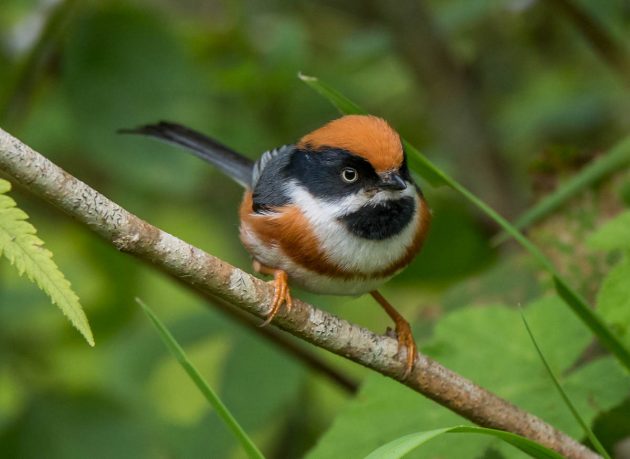
The Blue Whistling Thrush is among the largest of all thrushes – this partly depends on the subspecies, though the situation regarding the subspecies itself seems to be a bit muddled, as seen from this quote from the HBW:
“Race flavirostris has been considered possibly to merit full species status, but basis for such a separation unclear. Birds from Tien Shan S to Pamirs described as race turcestanicus, but considered inseparable from temminckii.”
Bonus information for chemists and for purveyors of irrelevant information: The Latin species name of caeruleus indicates the azure blue or cerulean color of the bird. Cerulean Blue is a pigment consisting primarily of cobalt(II) stannate, Co2SnO4.
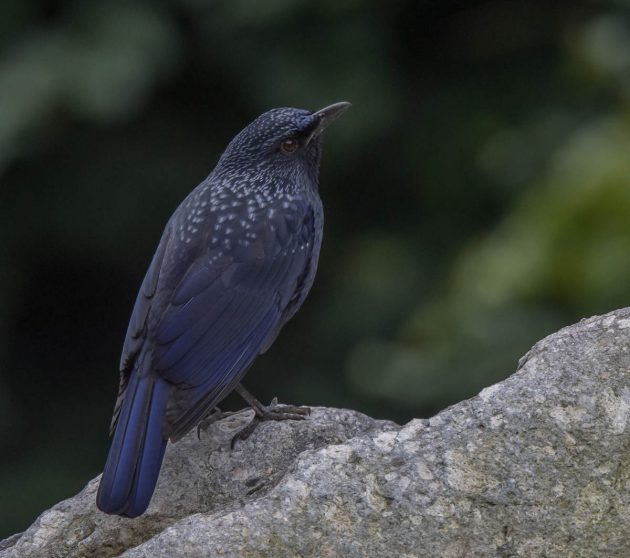
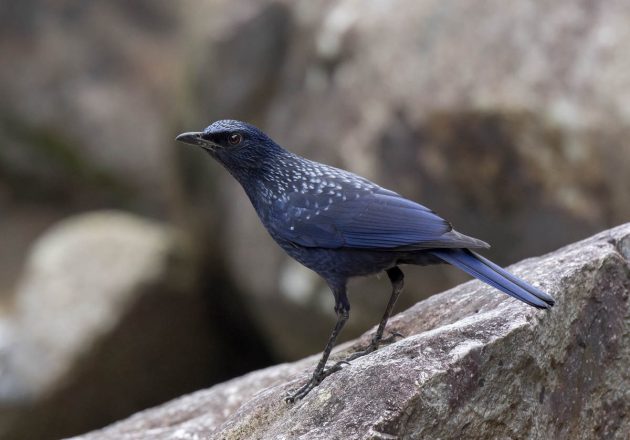
In Chinese, the name of the Chinese Pond Heron is just “pond heron” (chi lu). Like an American just talking about football when he means American football.
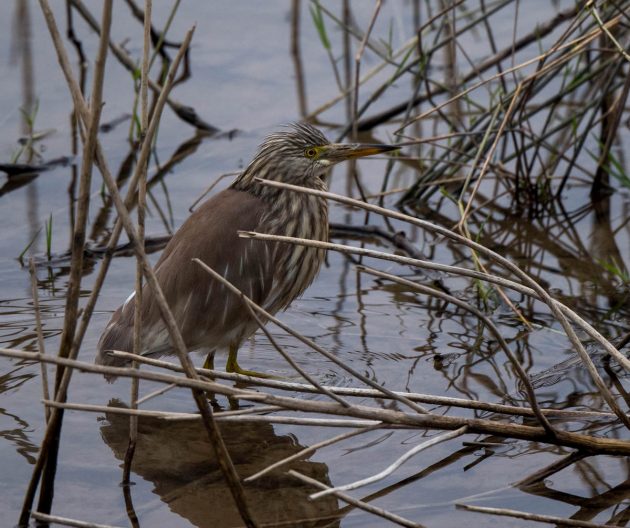
These photos were taken in early March – the species looks more attractive in its summer breeding plumage.
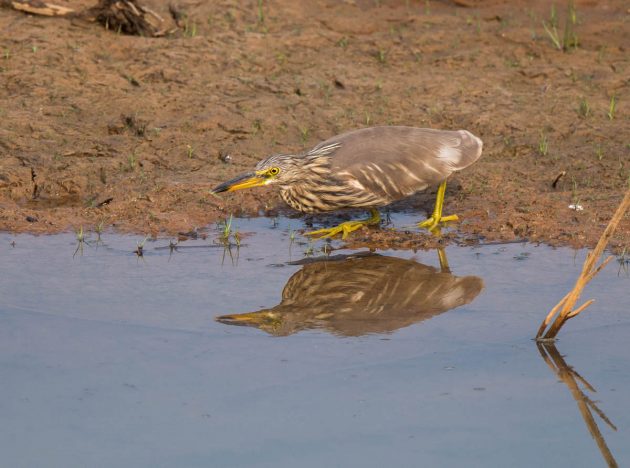
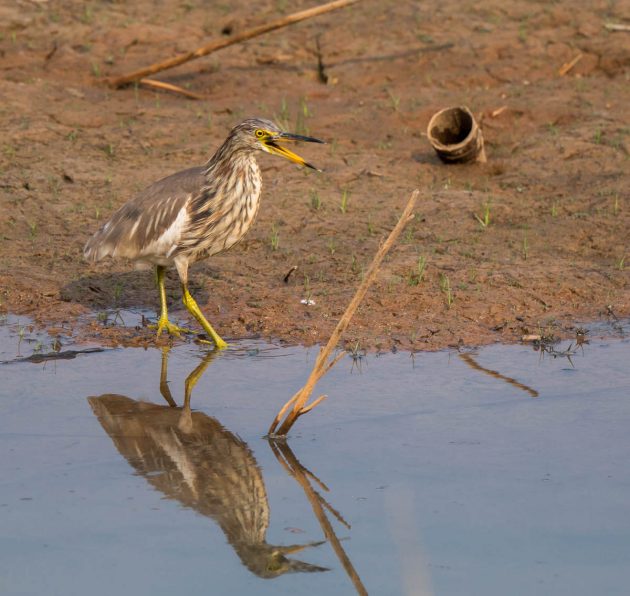
Tailorbirds such as this Common Tailorbird apparently “get their name from the way their nest is constructed. The edges of a large leaf are pierced and sewn together with plant fiber or spider silk to make a cradle in which the actual nest is built” (source).
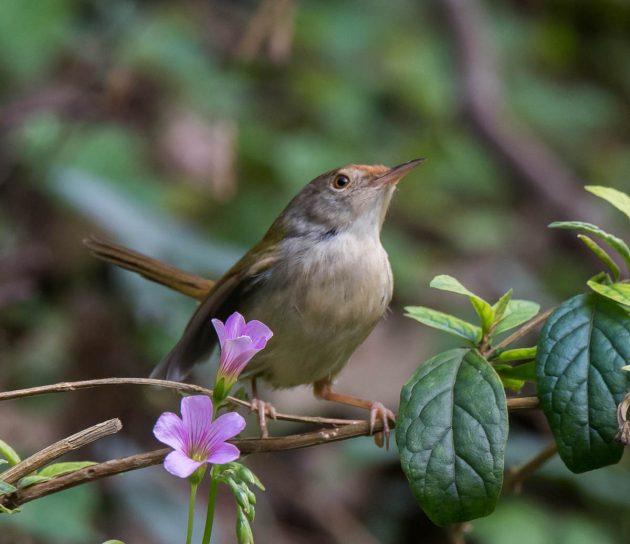
The Latin species name of the Mallard (here, a female) is platyrhynchos (ok, that is a Greek name really). If that sounds partly familiar, you are probably thinking of the Australian platypus. However, while the Mallard name means broad-billed, the name of the Platypus means broad-foot (though I guess broad-billed would make more sense).
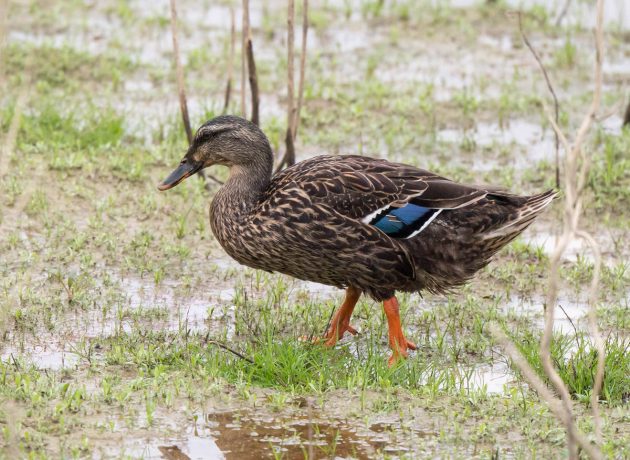
I cannot imagine how it feels to be the wife of a very famous man, say, the US president or a very popular actor, with everybody constantly just referring to you as “the wife of”. However, I am sure female Fork-tailed Sunbirds know this feeling very well.
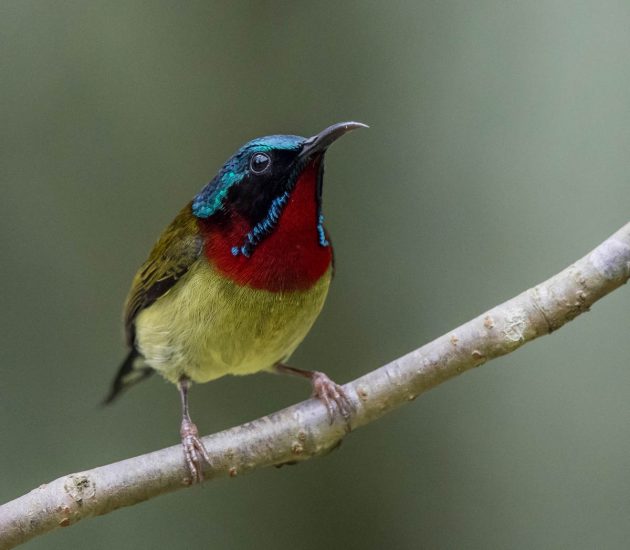
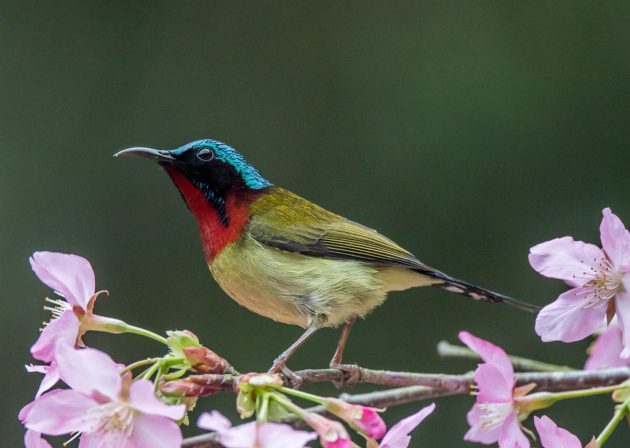
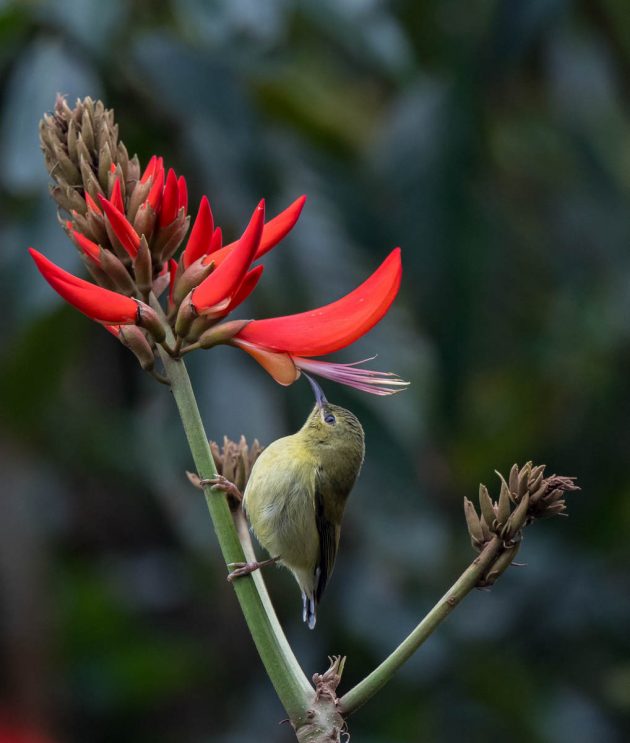
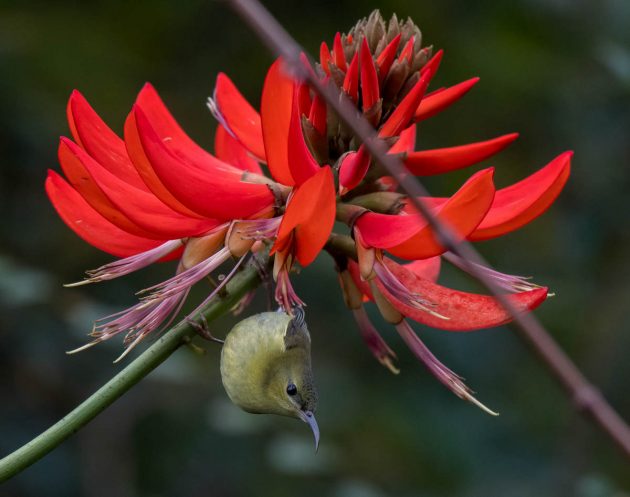
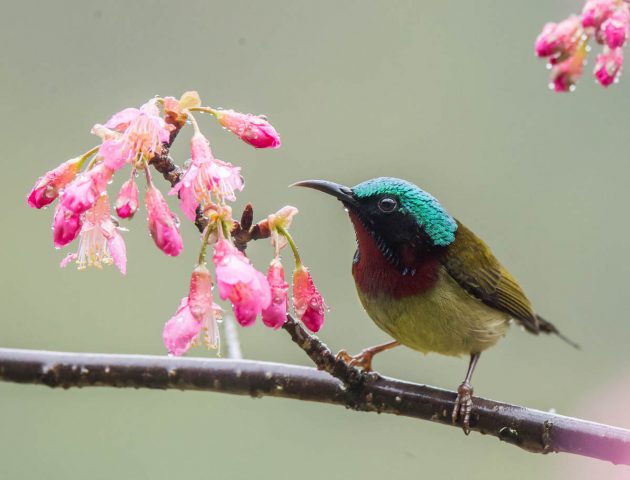
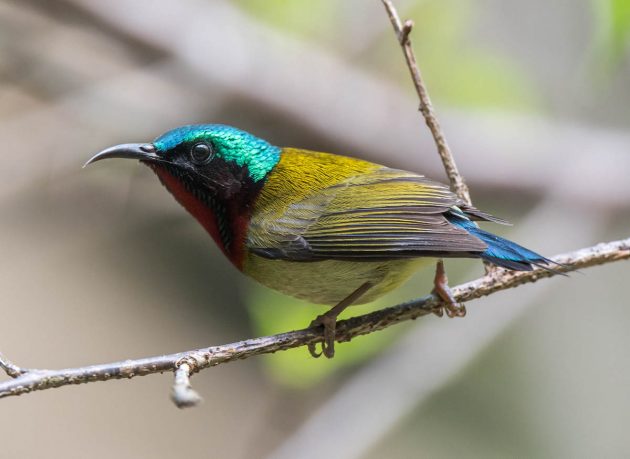
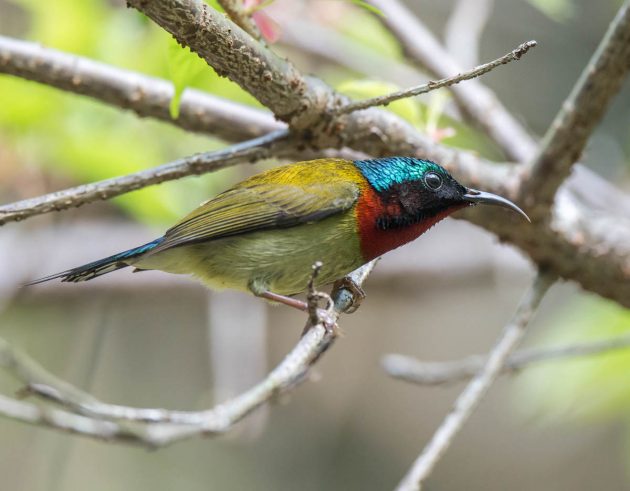
The female sunbird sometimes meets with female Fire-breasted Flowerpeckers to discuss this shared issue.
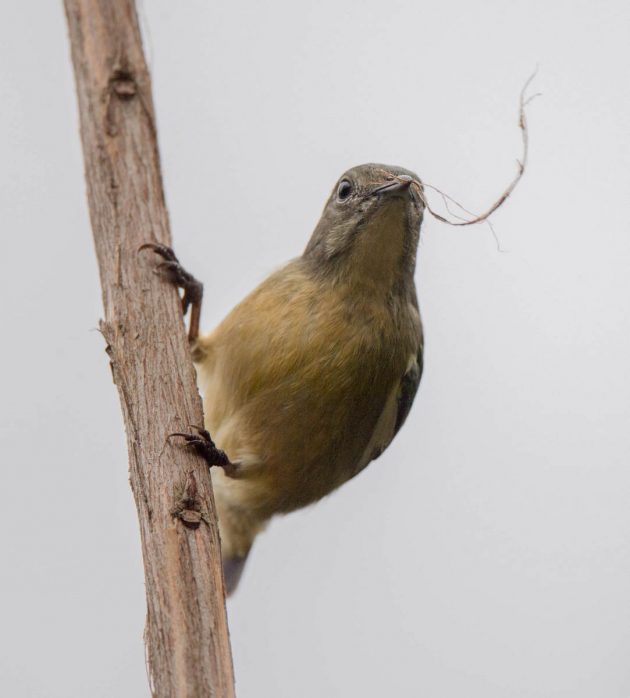
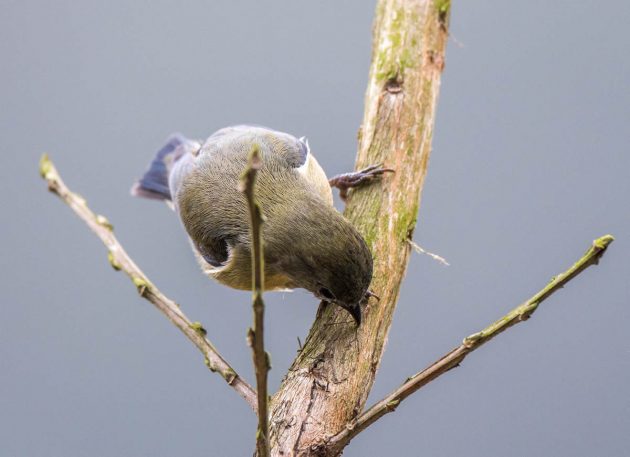
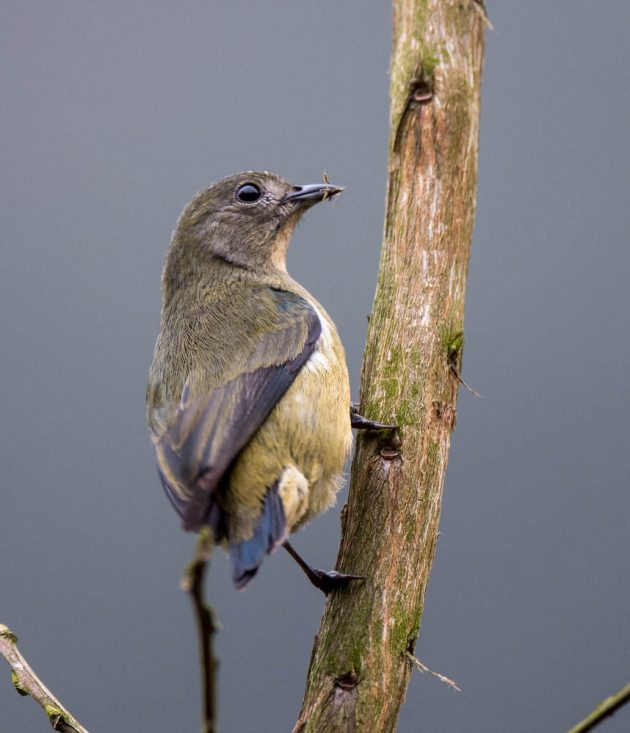
It is not the same for the Scarlet Minivet. If I understand my cats correctly, the females taste of lemon while the males taste of orange. I have not verified this myself though.
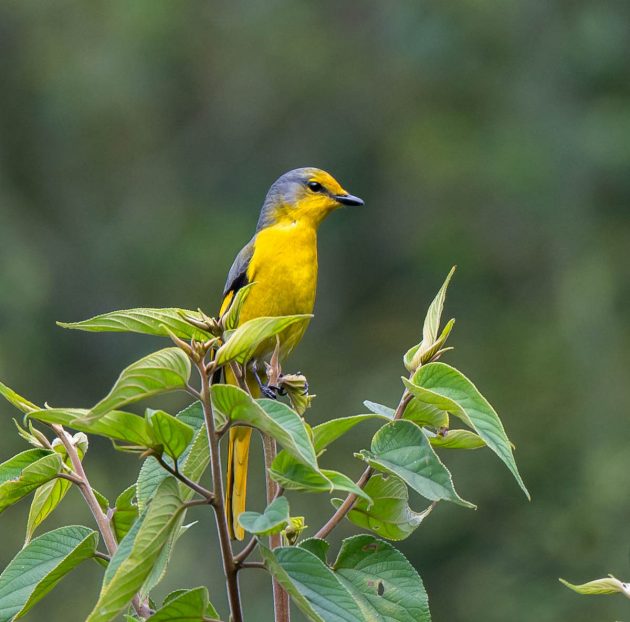
The HBW is not a great fan of the Grey Treepie, describing it as a “rather drab brownish-grey treepie”. On the other hand, I have overheard Grey Treepies describing the HBW staff as a “drab and uninspired group of ornithologists”, so it seems the feeling is mutual.
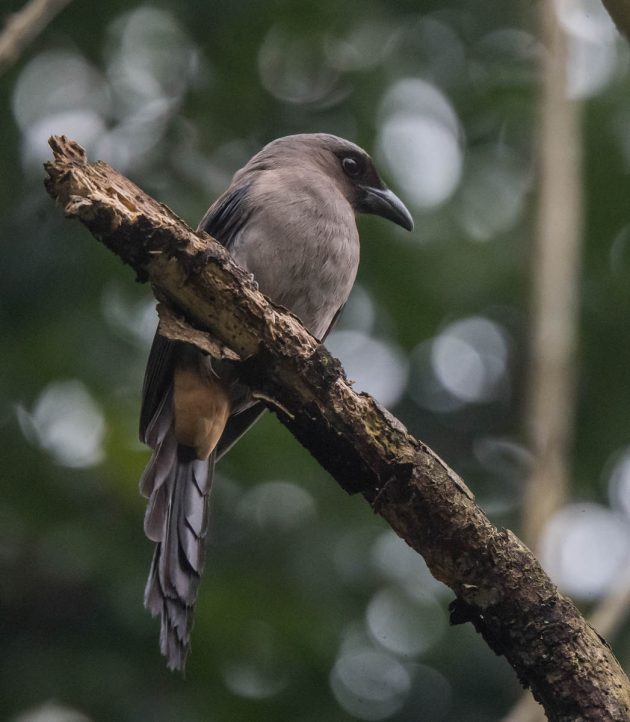
The book “Tits, Boobies and Loons” has the following entry on the Intermediate Egret: “Intermediate Egret: Pathetic. Call me when you graduate to Advanced Egret”.
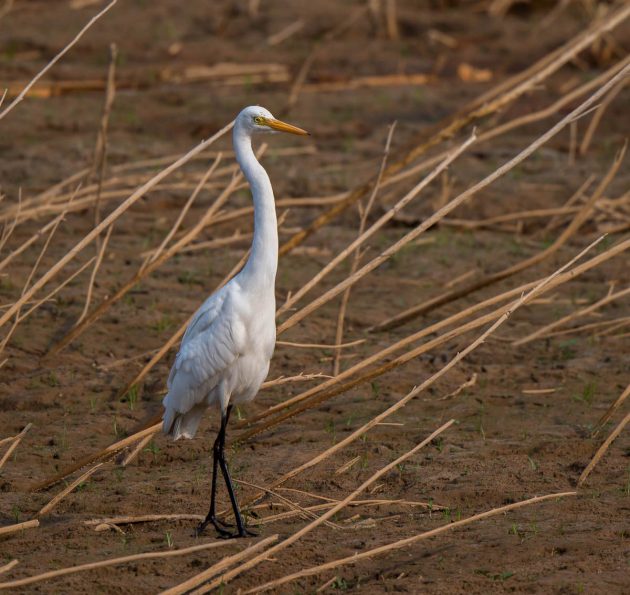
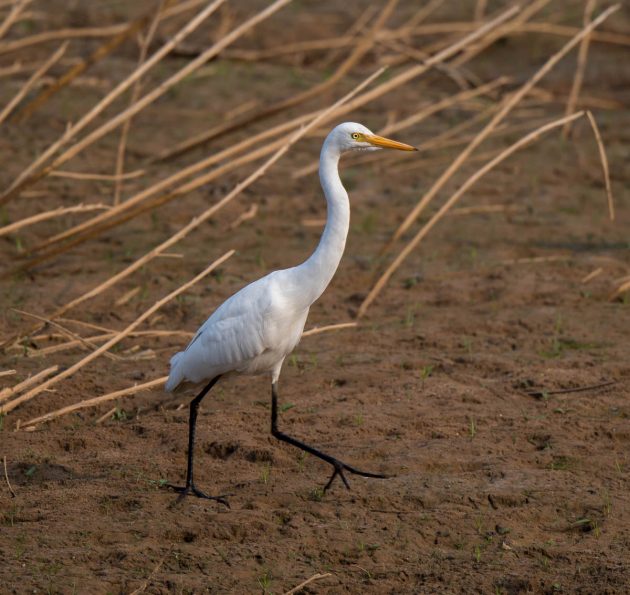
I guess according to this logic, the Little Egret should be called Beginner’s Egret. Or Elementary Egret?
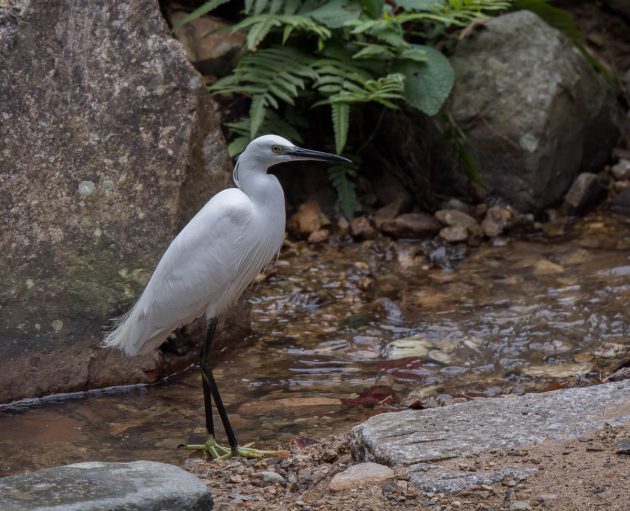
Being of a much purer mind than most male humans, I cannot find anything amusing about the name of the Japanese Tit.
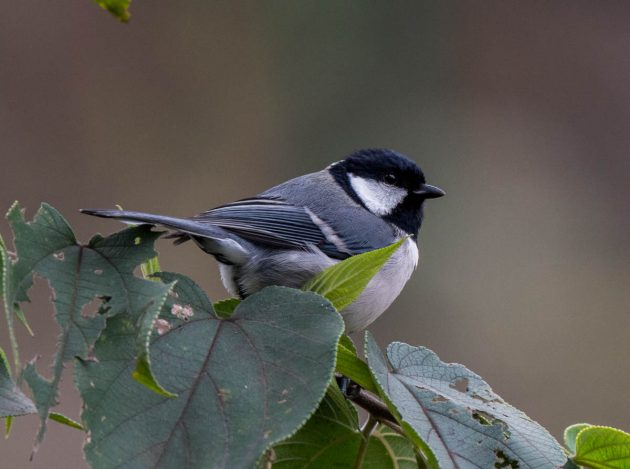
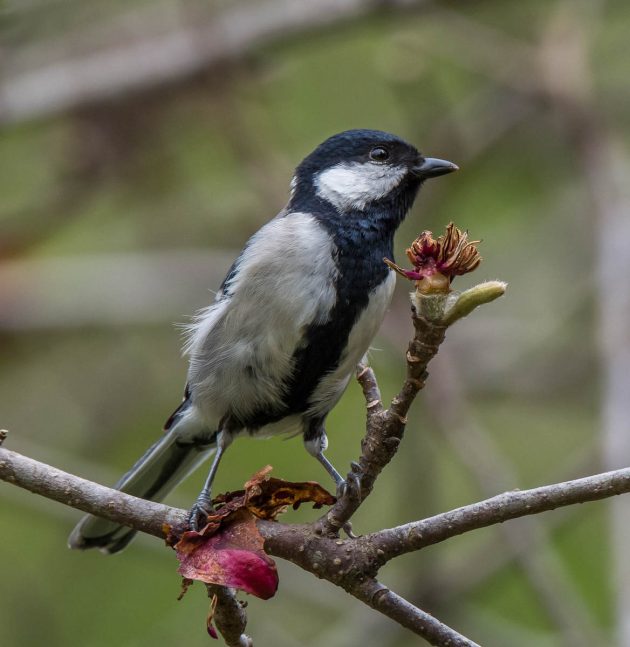
Swinhoe’s White-eyes can sometimes even be found in my Shanghai compound. The cleverer individuals of the species prefer to live at Fuzhou National Forest Park though. More space, fewer people.
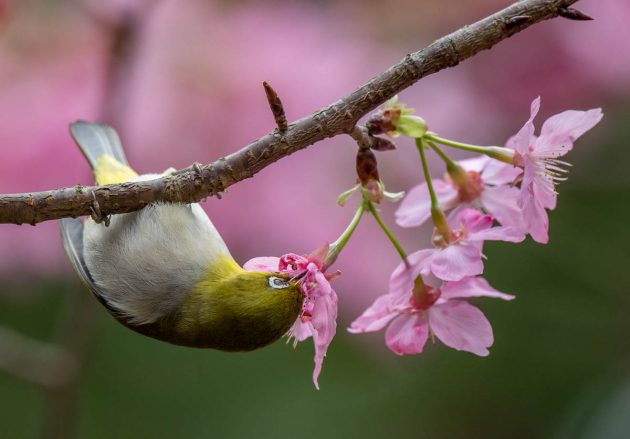
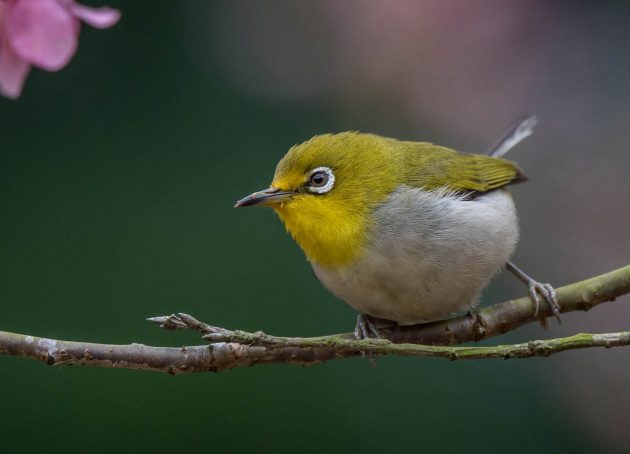
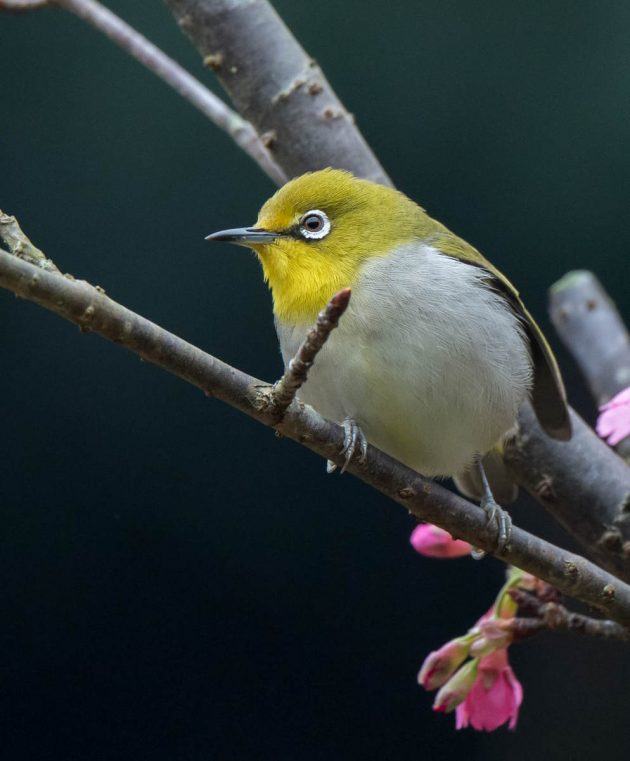
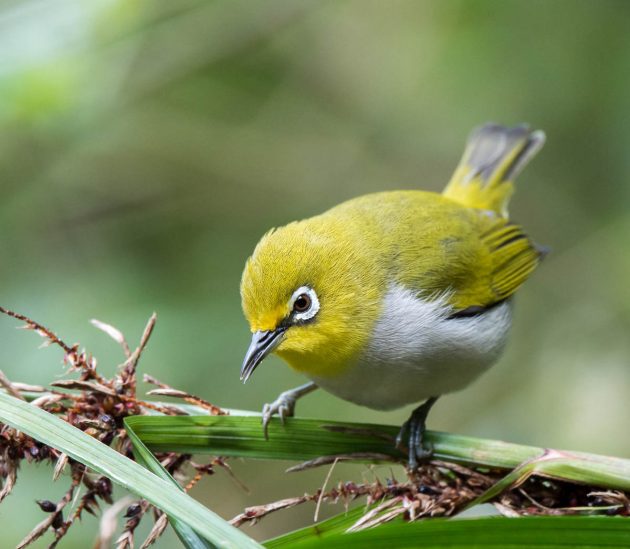
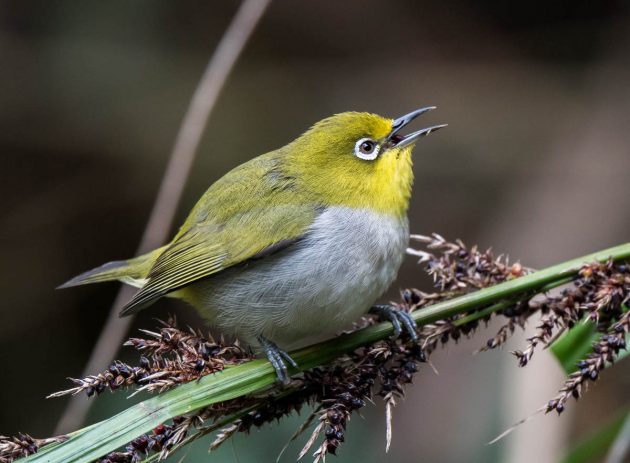
Large Woodshrikes are neither members of the shrike family, nor large (MacKinnon: “smallish grey and white”), nor made of wood. 0 out of 3. They do look a bit like shrikes though. Or at least like birds.
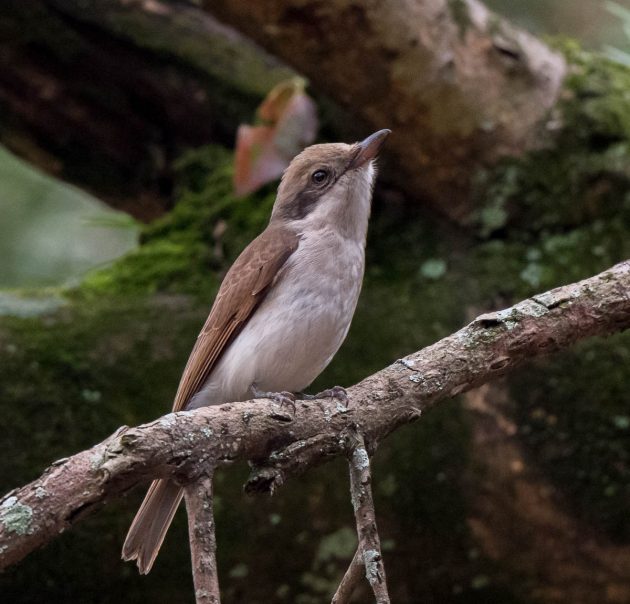
This is a proper shrike – a Long-tailed Shrike, to be specific. Supposedly, the Latin species name schach is an onomatopoeic name based on the call, but even though I hear this bird in my compound almost every day, none of its calls (which can be quite fun – this is a bird that likes to cry itself in a rage) ever resembled the sound of “schach” to me.
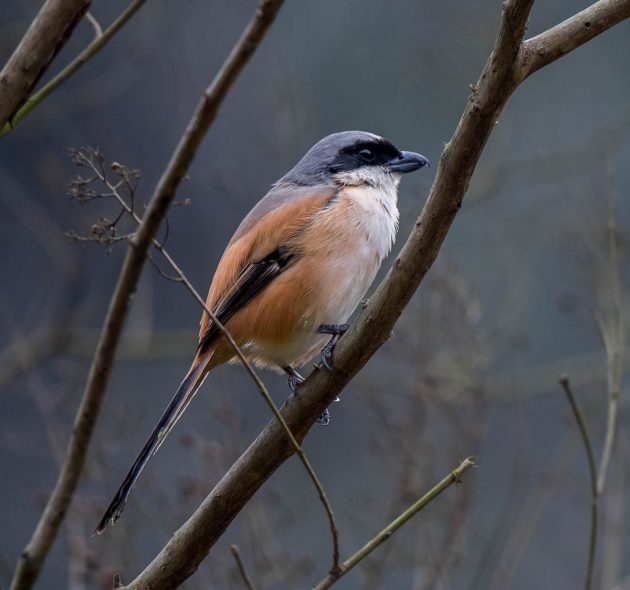
Do birds suffer from depression? This Red-whiskered Bulbul looks like it might. Maybe it will get better once the rain stops and the sun comes out again.
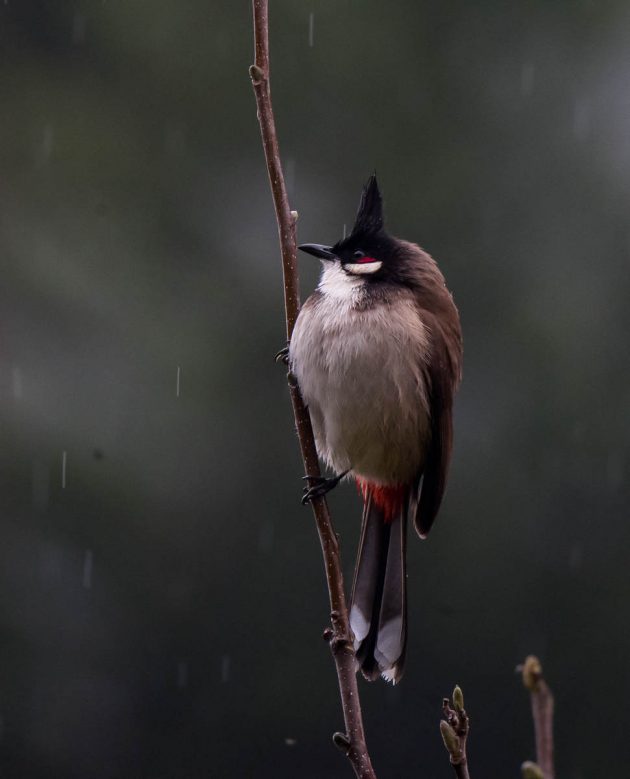
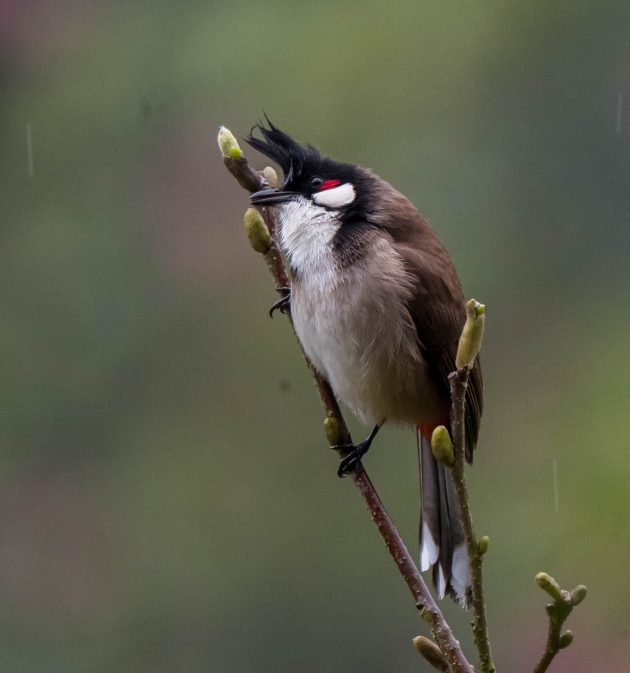
This Light-vented Bulbul seems to be coping a bit better.
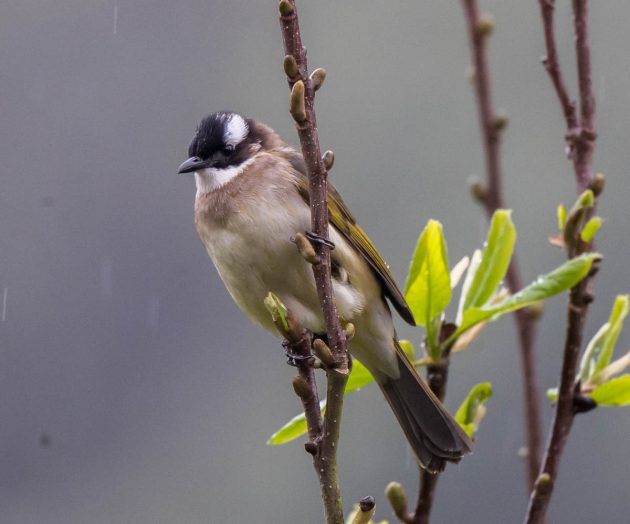
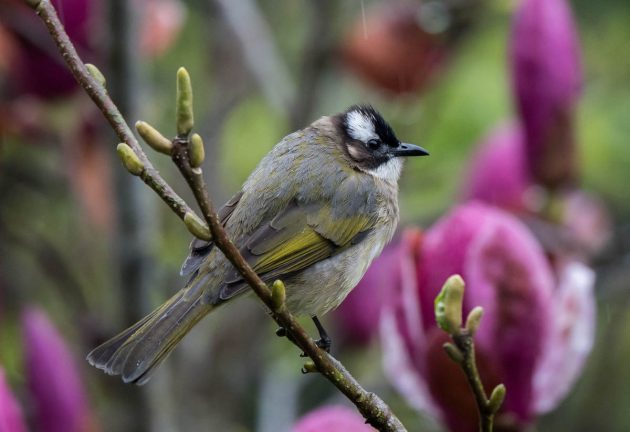
This Chestnut Bulbul is probably doing ok.
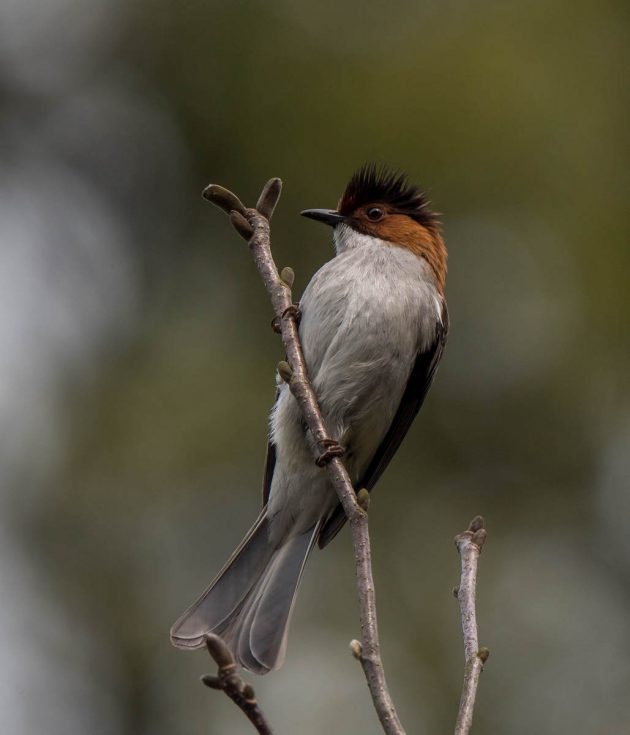
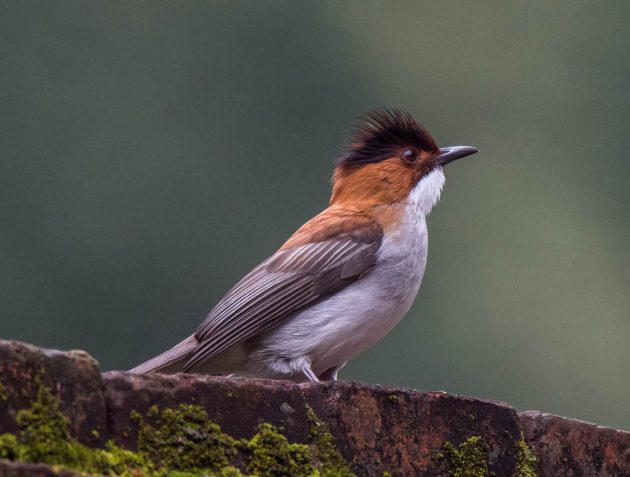
And another bulbul, the Collared Finchbill, seems to be almost cheerful despite getting wet as well.
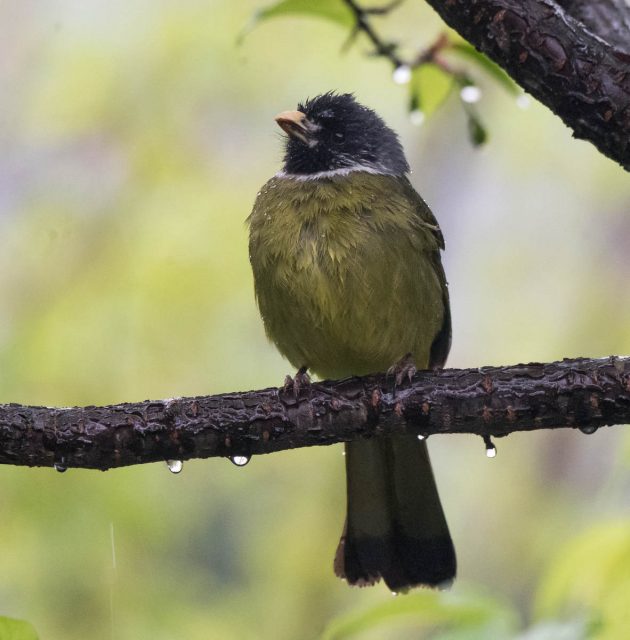
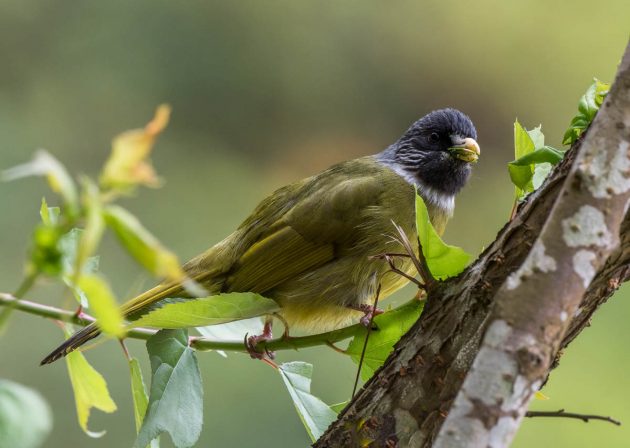
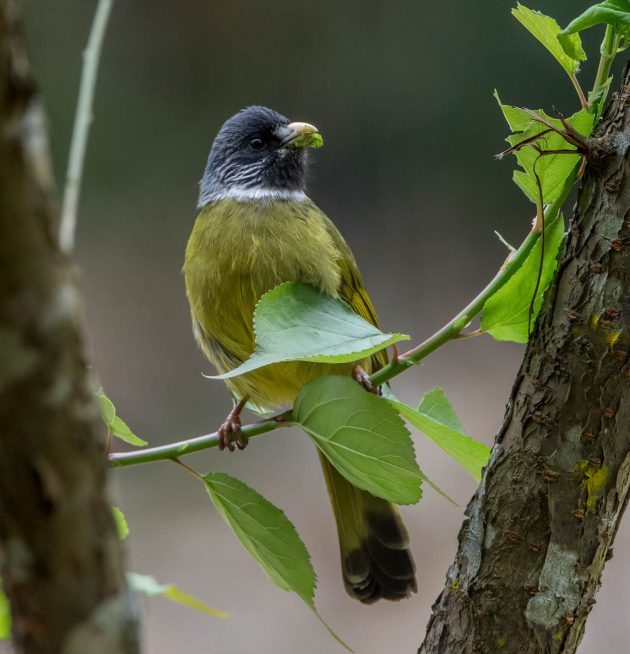
The Orange-bellied Leafbird is one of eleven species of leafbirds. They are all brightly colored and attractive-looking, which unfortunately has made them popular cage birds. While for humans it is no longer deemed acceptable to put another human in a cage for your own amusement, the same does not apply to birds. Eventually, this may change but many bird species may not be around any longer at that point.
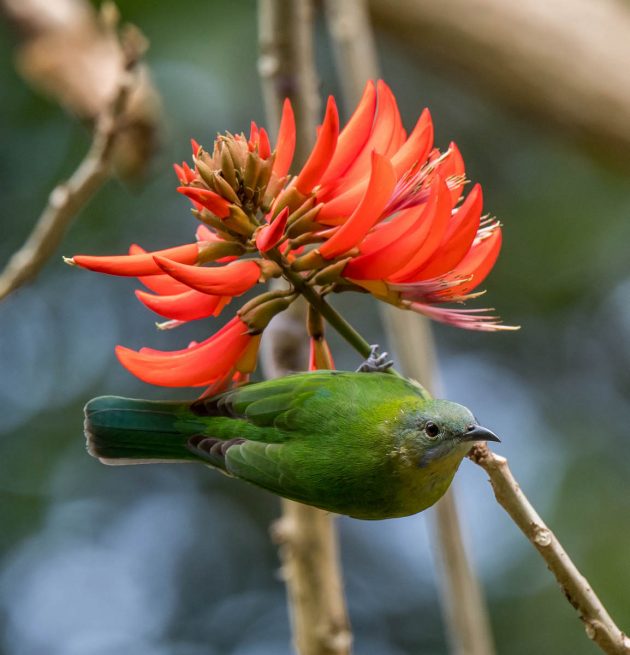
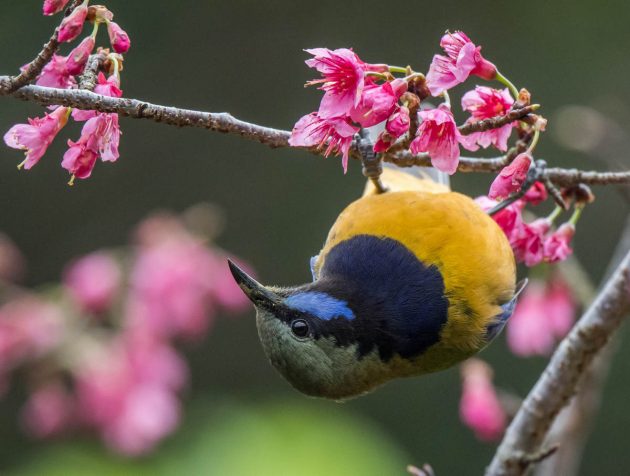
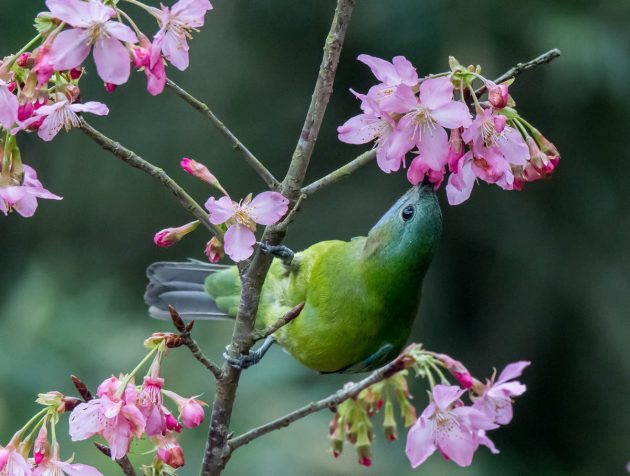
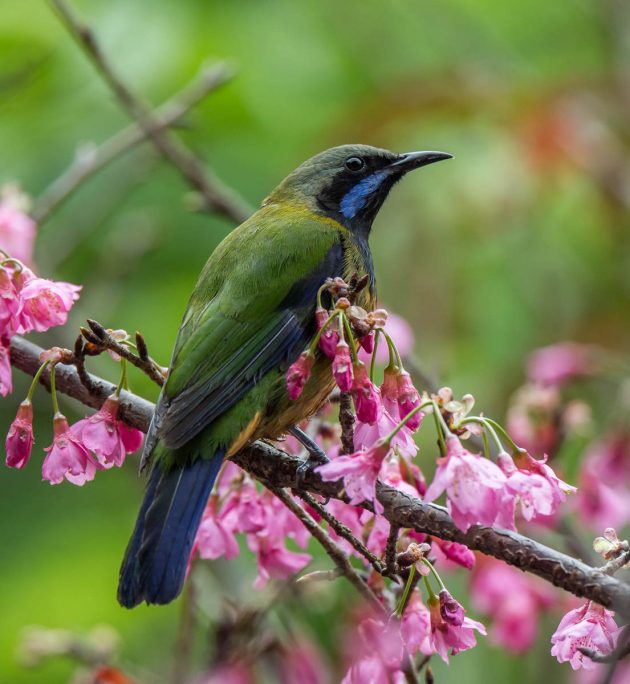
If you ever happen to be in Germany and so bored out of your mind that you are reduced to solving crossword puzzles, knowing the German word “Sterz” may come in handy. The hint will be something like “bird’s tail” (5 letters). The only other use this knowledge will ever have is to know the origin of the word “Redstart”, such as the Plumbeous Water Redstart …
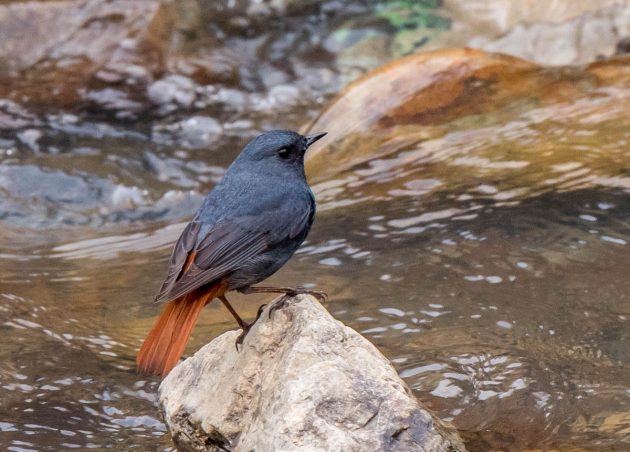
… and the Daurian Redstart.
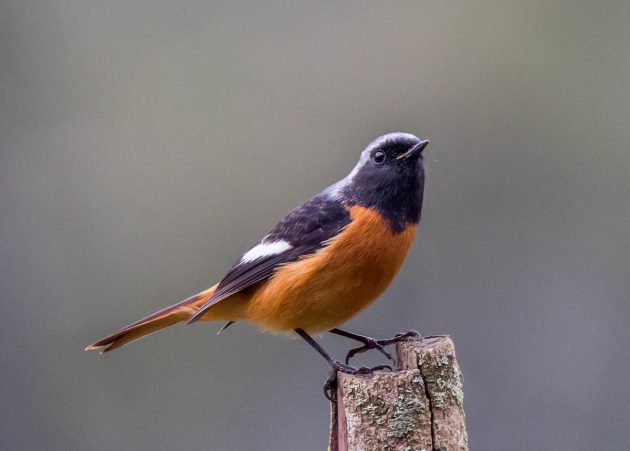
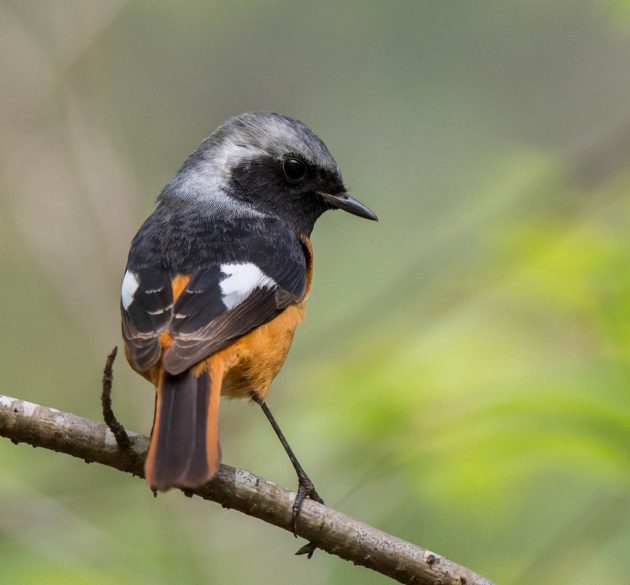
I cannot help thinking that the Red-billed Blue Magpie in the photos below looks a bit fake. However, I honestly do not remember taking any plastic birds with me when doing my photography at Fuzhou National Park.
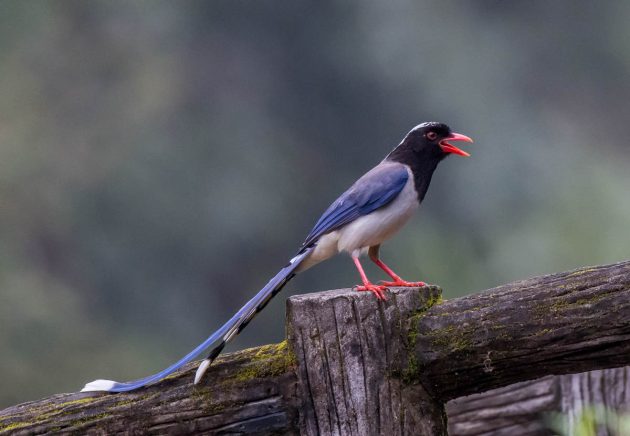
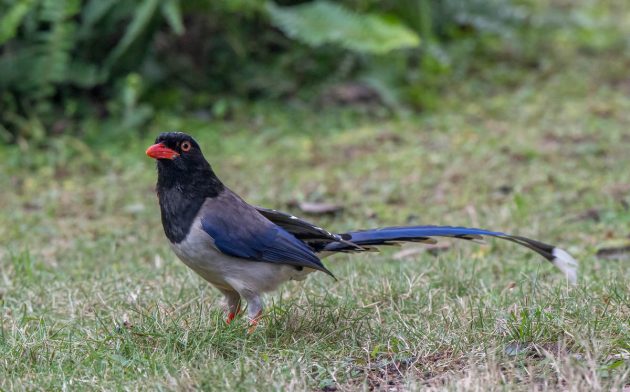
For comparative purposes, the fake version (available on Taobao, the Chinese eBay/Amazon, for about 9 USD):
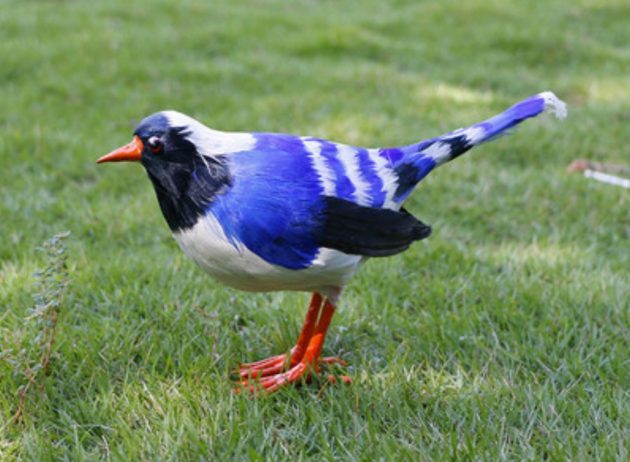
The book “The Jewel Hunter” describes one man’s quest to see all the world’s pitta species (Donna reviewed it). Trogons only have a cameo role in the book, but at least I learned that “the word trogon comes from the Greek meaning nibbler, a reference to the trogon family’s habitual gnawing of tree bark in order to create nest holes”. As you can see in some of the photos of a Red-headed Trogon below, a unique characteristic of the trogon family is the heterodactyl arrangement of their toes, with toes 3 and 4 forward-oriented while toes 1 and 2 are backward-oriented. To be honest, I am not sure this really is clearly visible in the photos below though, as the zygodactyl arrangement (toes 2 and 3 forward-oriented, toes 1 and 4 backward-oriented) would probably look very similar.
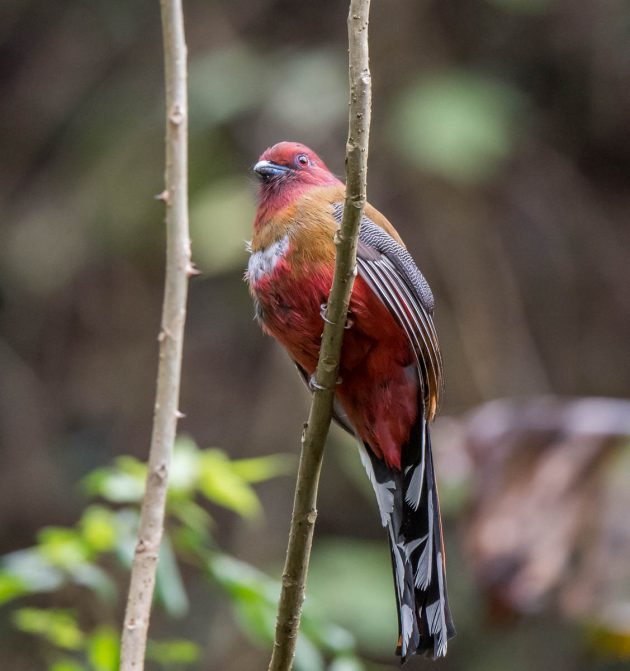
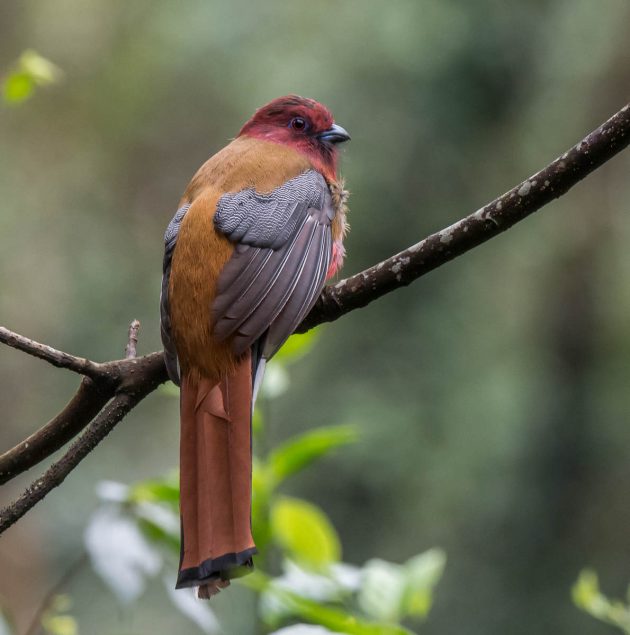
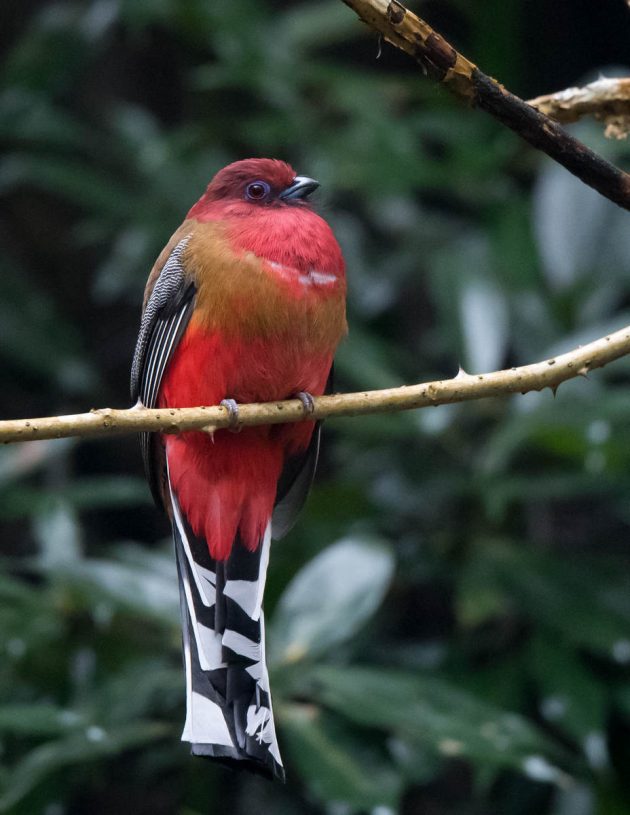
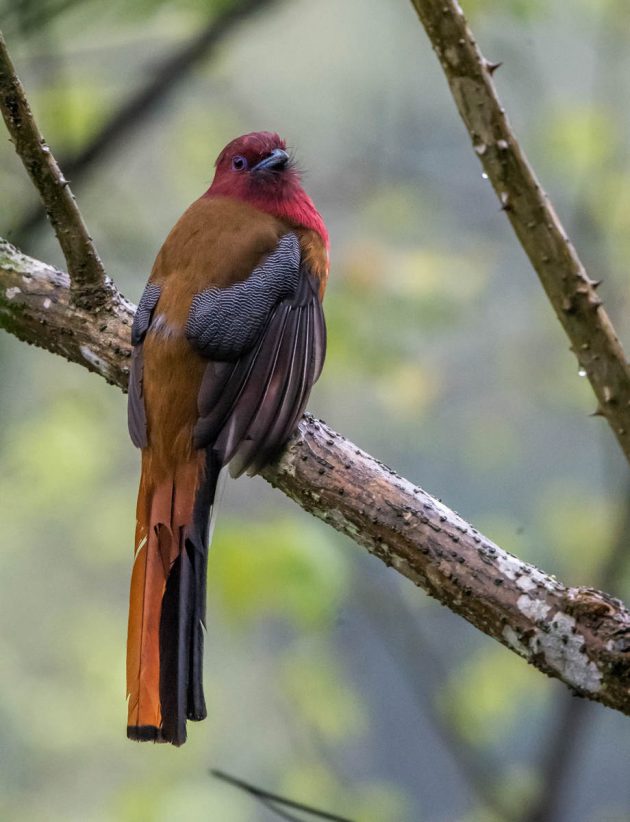
The Rufous-capped Babbler is usually found at a higher altitude than Fuzhou National Forest Park.
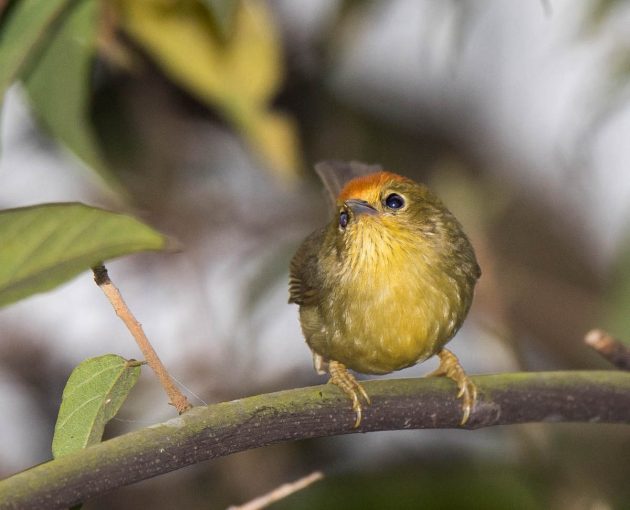
I know these two photos of a Slaty-backed Forktail are very similar. But the bird is so cute that it is worth showing it twice. If you disagree, maybe you should find a blog post about monster trucks.
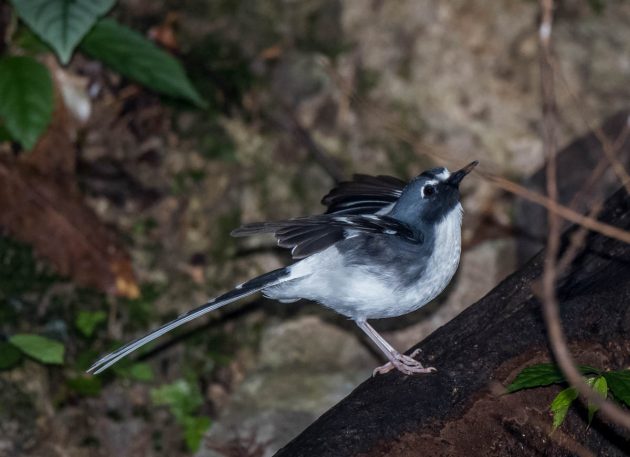
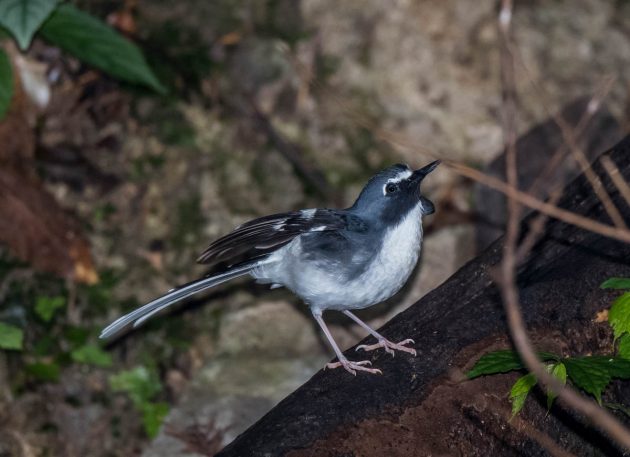
Also cute: Rufous Woodpecker.
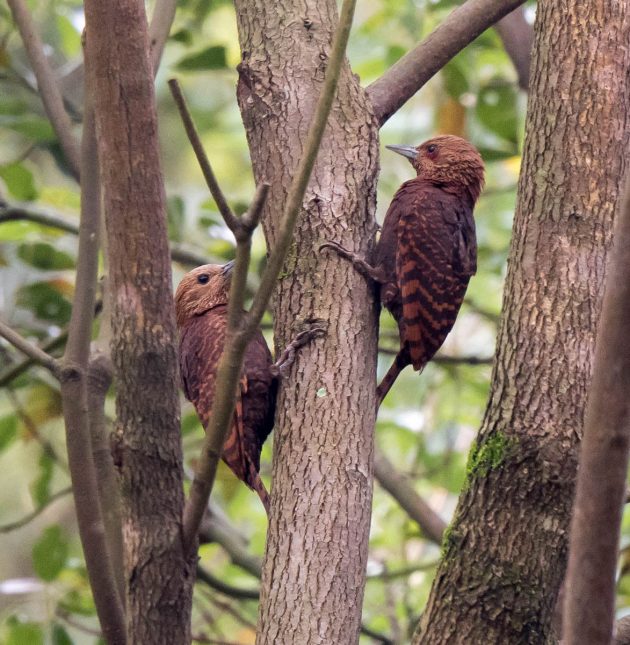
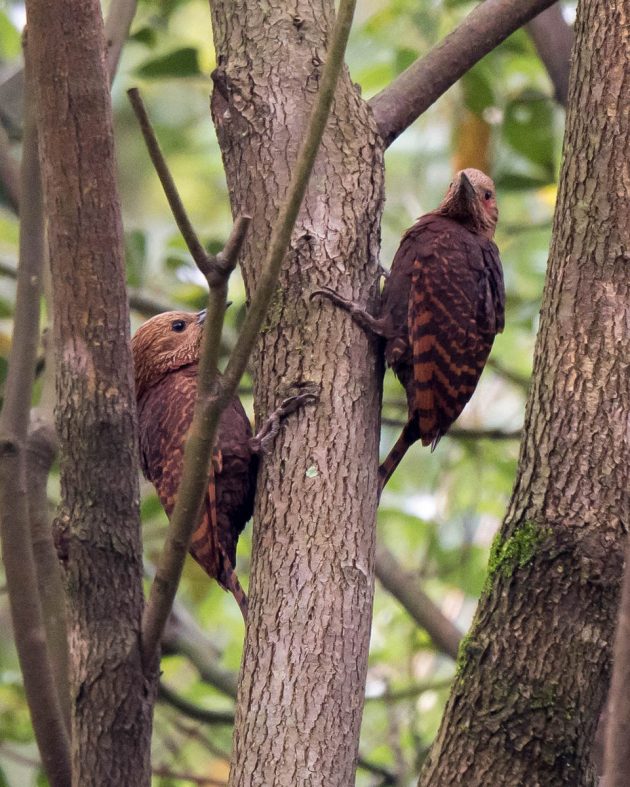













Fuzhou National Forest Park is very good place for birding.
Magnificent pictures. I’d like to go to Fuzhou Forest Park.